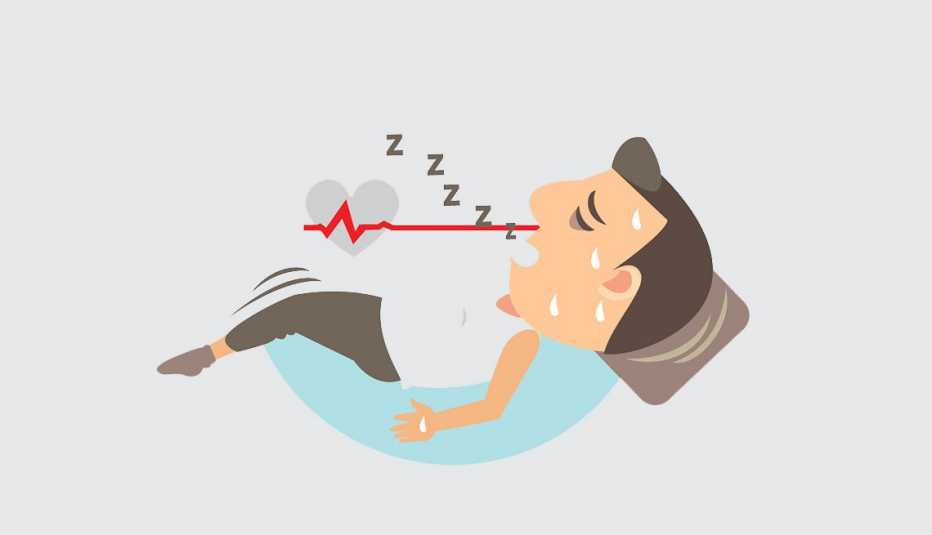Staying Fit
A good, healthy sleep equals a comfortable sleep. While we may keep track of the life of our mattress, our pillow deserves some attention, too. The wrong one could be why you’re waking up cranky, or worse, achy. Get to know your pillow, and discover when it’s time for a new one, with these tips.
1. They need covers, too. Gone are the days when a nice pillowcase did the job. In addition, zip a protective cover over your pillow first. A good cover can block out dust mites, bedbugs and other allergens, plus protect your pillow from oil and dirt on your skin. Wash the cover at least once a month.


AARP Membership— $12 for your first year when you sign up for Automatic Renewal
Get instant access to members-only products and hundreds of discounts, a free second membership, and a subscription to AARP the Magazine.
Join or Renew with AARP today — Receive access to exclusive information, benefits and discounts
2. They don't last forever. Waking up with a sore or stiff neck? It might be time to go pillow shopping. “If the pillow is lumpy or sagging, if a down pillow has lost its loft or a foam pillow is crumbling, then it's best to toss it,” says Carolyn Forte, director of the Home Appliances, Cleaning Products and Textiles at the Good Housekeeping Institute. Her tip: Try folding a fiberfill pillow in half and place a heavy book on it. If it springs back into shape when you remove the book, it's still good; if not, let it go.



































































